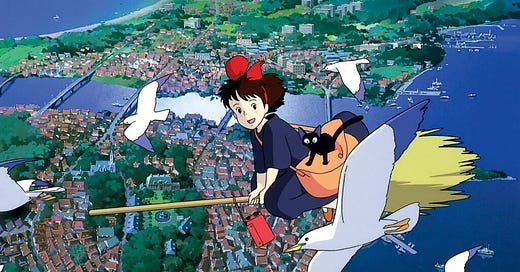Kishōtenketsu (起承転結, pronounced "kee-show-ten-ketsu") is a traditional plot structure in Chinese, Japanese, and Korean literature and poetry, derived from the classical Chinese four-line poems. But there's a twist. Instead of relying on conflict — which lies at the heart of several Western story archetypes (like the Three-Act Structure) — the four acts of Kishōtenketsu rely on a reinterpretation of the plot's initial set-up. If this sounds exotic and outlandish — it's not. You're more familiar with this technique than you might be aware.
Kishōtenketsu, syllable by syllable
Each syllable of the word Kishōtenketsu stands for a part of the process. The four acts of Kishōtenketsu are:
Introduction (ki) establishes the main characters and their setting.
Development (sho) deepens the reader's understanding / emotional attachment to characters.
Twist (ten) introduces an unexpected and significant change to the setting and to the characters’ lives.
Conclusion (ketsu) brings together and reconciles the first two acts with the changes of the third.
Misdirection
If you're familiar with humor writing, this is not unlike the concept of Misdirection. Using misdirection, writing can point the reader in one direction and then pull the rug out from under them — to achieve a comedic effect. It works like this:
Keep reading with a 7-day free trial
Subscribe to The Webcomics Handbook to keep reading this post and get 7 days of free access to the full post archives.




